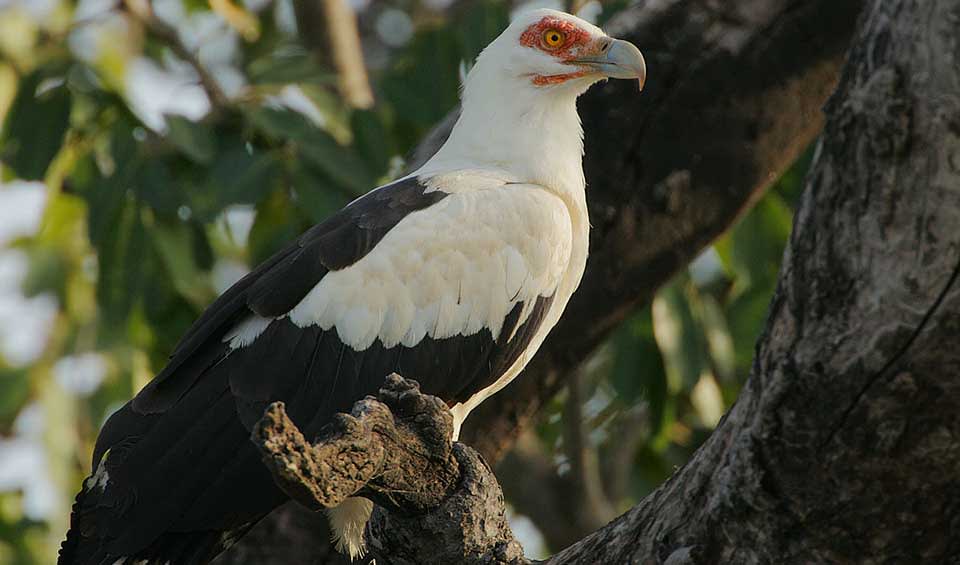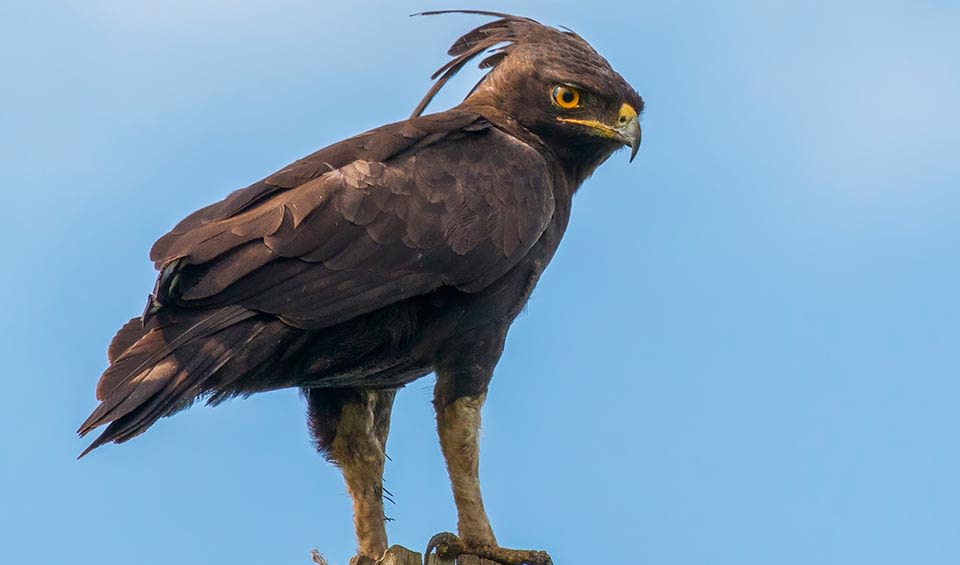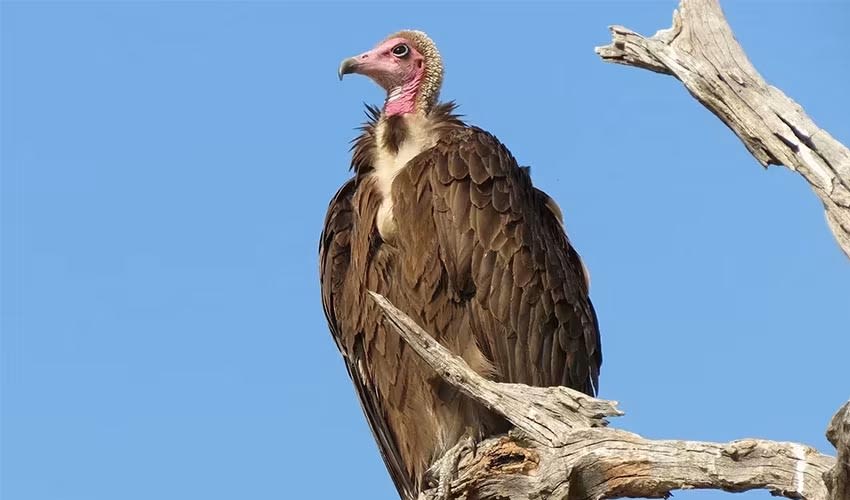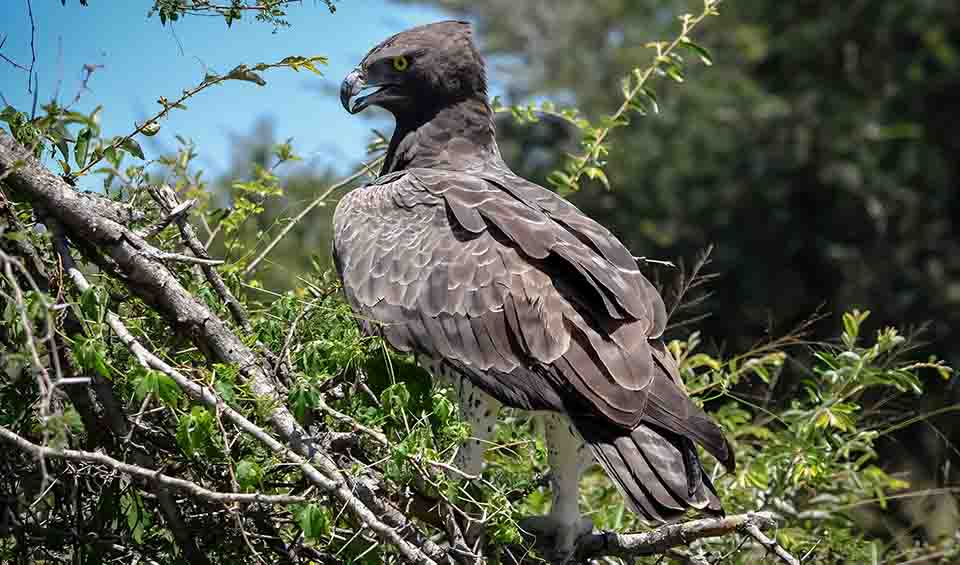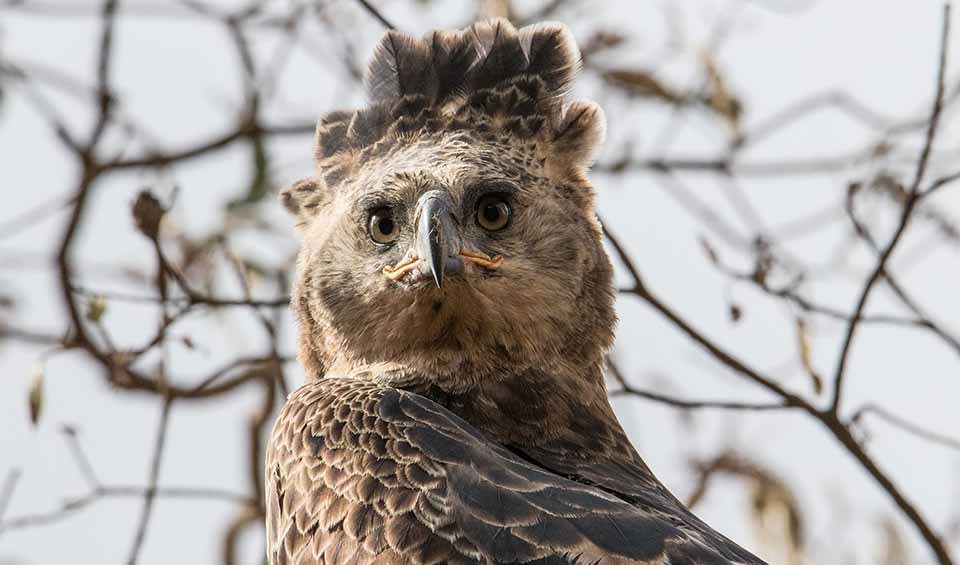Accipitridae
Feed on a range of prey, with some feeding on carrion, but all have a nasty hooked bill
Raptors like kites, Old World vultures, sparrowhawks, buzzards, booted eagles, fish eagles, snake eagles, hawks, large eagles, and harriers are all in this family.
Members of the Accipitridae family share several key characteristics. A prominent feature is the hooked beak, which is strong and curved downward, designed for tearing flesh. This adaptation is critical for their carnivorous diet, which mainly consists of small mammals, birds, reptiles, fish, and carrion, depending on the species.
Nesting behavior in Accipitridae is varied, but most species build large, sturdy nests out of sticks and vegetation, often in high places like trees or cliffs to keep their young safe from ground predators. Old World vultures are an exception; some species do not build nests but instead lay their eggs on bare cliff ledges or cave floors.
The wings of Accipitridae birds are typically broad and powerful, suited for soaring and gliding, while their strong legs and taloned feet are adapted for hunting and carrying prey. A characteristic of some species is the presence of a supraorbital ridge over the eyes, giving them a fierce appearance and offering protection from sunlight and debris while hunting.
Sexual dimorphism in size is common in this family, with females generally larger than males. This size difference may reduce competition between the sexes for food and other resources. Despite this size variation, the plumage of both sexes is often similar within a species.
The coloration of their feathers is typically subdued, with browns, grays, and whites predominating. These colors provide excellent camouflage in their respective environments, whether it’s a hawk blending into the leafy canopy or a desert eagle matching the sandy tones of its arid landscape.
Accipitridae are critical players in their ecosystems, acting as top predators that help control populations of various prey species and maintain ecological balance. However, many species in this family face threats from habitat loss, pollution, and in some regions, persecution and overhunting.
Genera in this family
These unique hawks prefer to eat other birds rather than insects or small mammals
The sturdy body, complimented with broad wings, make these raptors one of a kind
Evolved from just one small bird species that arrived in Hawaii millions of years ago
The undefeated lords of the marshes
This Old World family has been roaming around the planet for 12 million years
A fish won’t see it coming, but these eagles could spot poor fish from a distance
Their name is derived from Greek, meaning “forest eagle,” reflecting their preference for wooded habitats
Known for their powerful builds and predatory prowess
They’re surprisingly aquatic (for raptors)
The janitors of the savannahs, feed on carcasses and corpses
Medium-sized eagles with round heads may strike as owls at the first glance
Big fans of giant insects like stick insects, cicadas, and grasshoppers, plus frogs and lizards
True to their name, fish constitute the primary diet of these eagles
Being smaller and lighter doesn’t make them less formidable—it makes them among the most versatile hunters of the skies
Do you think they are related to owls? There is a chance that owls might be the forefathers of these kites
With commanding wingspans and exceptional hunting abilities, embodying the strength and beauty of birds of prey in their graceful flight
Notoriously difficult to identify in the field
Surprisingly adept at hunting on foot!
These birds mainly eat snails and slugs, not mice or birds like “normal” hawks
Unlike other hawks, they resemble an owl (looks-wise) more than an eagle
Sometimes mistaken as eagles
Their favorite snacks? Nestlings, eggs, and small animals hiding in crevices
Largest soaring vulture in the sky with extremely broad wings that assists an important role in nature as “clean-up” team
The only living creature that feeds on bone marrow from carcasses in high and inaccessible mountain areas
Carrion? Nah, I prefer coconuts
Famous for using rocks as tools to crack open eggs (especially emu eggs)
The world’s most spectacular robust eagle species serves a critical ecological role in their ecosystem
Controller of arboreal birds and mammals populations in Asia’s tropical forests
Got a long, floppy crest of black feathers sticking up from the back of its head like a windblown mohawk
A sleek, fast-flying raptor that has mastered the art of hunting bats in midair
When the crest is up, it looks like it’s wearing a dramatic feather crown or mohawk
They are known to scavenge at rubbish dumps and around slaughterhouses, helping to dispose of animal byproducts and reducing potential health risks
A highly intelligent species that is the world’s only tool-using vulture with a long migratory range
Considered to be the largest eagle in the world in terms of length and wing surface. Also the rarest
One of Africa’s largest and most powerful birds of prey—a true apex predator of the skies
The true eye-catcher is its head – completely bare with a shade of red, orange, or even yellow, depending on its age
Often called the “leopard of the sky”
One of the easiest birds of prey to identify from a distance
The African giant vulture has a wingspan up to 2.80 m (9 ft) wide
They’re known as ‘old world vultures’ endemic to Africa and the first ones to get a whiff of corpses

























